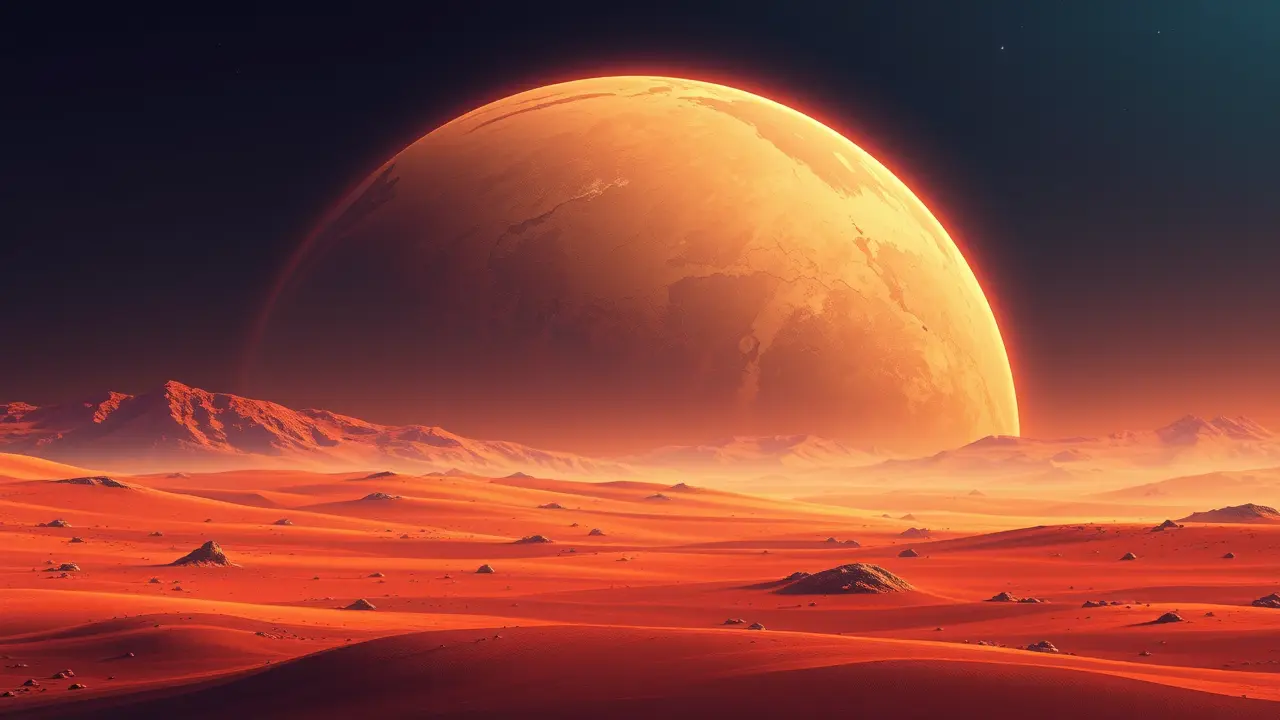Scientists stunned by wild Martian dust devils racing at hurricane speeds
The serene, rust-colored vistas of Mars have long deceived us into picturing a world in quiet repose, a fossilized neighbor drifting in solar silence, but the latest revelations from the European Space Agency’s orbital fleet have shattered that placid illusion, uncovering a planet alive with atmospheric fury. By deploying sophisticated deep learning algorithms to analyze thousands of high-resolution images from satellites like the Trace Gas Orbiter, a team of planetary scientists has documented dust devils—those towering, spiraling columns of wind and particulate—racing across the Martian plains at speeds previously unimaginable, reaching a staggering 160 kilometers per hour, a velocity that places them firmly in the category of terrestrial hurricanes.This isn't merely a meteorological curiosity; it's a paradigm shift in our understanding of the Red Planet's climate engine. For decades, models suggested Martian winds were relatively tame, incapable of lifting the vast quantities of dust that periodically enshroud the entire globe in planet-wide storms.These new findings, however, reveal that these hurricane-speed gusts are the primary architects of the Martian environment, acting as colossal conveyor belts that inject immense plumes of fine dust high into the thin atmosphere. This process is fundamental, regulating surface temperatures, influencing atmospheric chemistry, and even posing a formidable challenge to future human exploration, as such intense winds could scour solar panels and endanger surface infrastructure.The methodology itself marks a revolution; the AI sifted through a decade's worth of visual data, identifying and tracking the formation and movement of dust devils with a precision and speed unattainable by human researchers, uncovering patterns and frequencies that were once invisible. It brings to mind the early telescopic observations of Mars, where astronomers like Percival Lowell mistakenly charted canals, seeing order in the chaos, whereas now our silicon-assisted vision reveals the true, dynamic chaos itself.This discovery forces a re-evaluation of every climate model we have for Mars and provides a crucial analogue for understanding exoplanetary atmospheres. It also eerily fulfills the visions of pioneers like Elon Musk, who envisions a human future on Mars, a future where settlers will not just gaze at a static landscape but will have to contend with a world that can, in an instant, whip itself into a ferocious, dust-choked maelstrom, reminding us that no planet, no matter how distant, is ever truly still.
It’s quiet here...Start the conversation by leaving the first comment.
© 2025 Outpoll Service LTD. All rights reserved.
